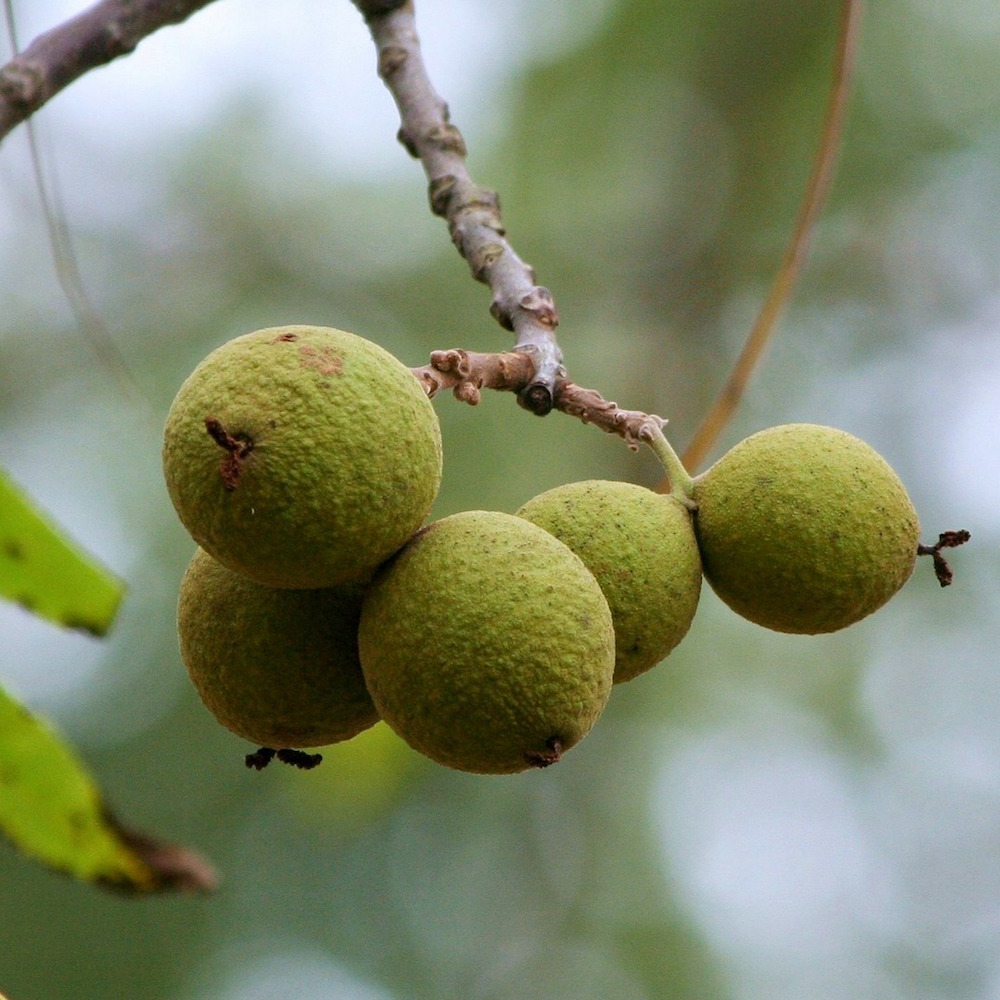

Long story short, if you want the nuts from walnuts, pick them up off the ground after they fall and either let the husks dry for awhile, it is a bit easier to dehusk when dried, or dehusk them then.
Transplanting black walnut seedlings cracked#
After drying they could be cracked for their meat inside and used as desired, eating or baked into brownies or cookies and such.

After the husks were mostly worn off by this method he would clean the remaing husks off and put them on chicken wire screens to dry. He would then place them in the driveway and run over them with the family car as he went around with business as usual. He would pick up the walnuts after they fell off the trees around the yard and nearby pastures. Grandpa used to cut dying or damaged trees for firewood but would leave nut producing trees, walnut, oak, hickory, etc. We literally have hundreds of walnut trees on our farm.

Remove the mulch and hardware cloth from the planting spot in late winter, and mark the spot clearly so you don't accidentally mow over it! After the baby trees have grown for a few months, choose the best one and eliminate the others. Mark the site so you can find it again.Īfter fall planting and a session of damp, cold weather, the walnut seeds will germinate in the spring. Lay a mulch of straw or leaves over the hardware cloth to reduce the freeze/thaw cycles. If you have squirrels, lay a piece of hardware cloth over the planting spot and pin it to the ground with v-shaped wires. Place half a dozen nuts several inches apart in a cluster, four or five inches deep. Gather the nuts as they fall from a tree in your area, and remove the husks. However, if you're planting black walnuts for their valuable wood, plant them about 30 feet apart so their trunks will grow long and straight. If you are planting walnuts as garden trees, space the plantings about 60-70 feet apart so their crowns can develop a majestic spread as they mature. They will tolerate occasional dry spells, and they accept any soil pH from moderately acidic to moderately alkaline. Locate your planting at least 60 feet from any sensitive plants or garden areas.īlack walnut trees will do very well in a moist bottom area that is well drained, or on a moist hillside or upland site. In a favorable site, they often reach 80 to 100 feet in height and their crowns may spread an equal distance.īlack walnuts secrete juglone, a chemical that is toxic to many plants.

Paint trunk with a white latex paint and/or wrap trunk within 4” of top using Stark® Tree Guards to prevent rodent injury and sun scald.Take our word for it: severe pruning at planting time gets your new tree off to the best possible start. This forces your tree to grow a strong sprout that will become the main trunk. Prune your new bare root tree by cutting off at least one-third to one-half of the top (but not below the bud/graft union).(If planting in the fall, wait to fertilize until spring for best results.) When hole is ¾ full, add two buckets of water, the last bucket should be treated with Stark® Tre-Pep® Fertilizer and let soak in.Tamp soil firmly about roots as you add each shovel of dirt. Place a potted tree the same depth it was growing in the pot. Bare root trees will have a noticeable color difference between the roots and the trunk-plant at the depth of this color difference. Plant at the same depth as they were grown at the nursery.Spread the roots out in the hole to prevent matting.With most nut trees, this taproot should not be trimmed or bent when planted. Many nut trees have just one main root, almost like a giant skinny carrot.Wet the roots thoroughly before planting.Dig a hole wide and deep enough to accommodate the root system.The root of a black walnut trees are toxic to many plants. NOTE: Plant black walnut trees 50’ from fruit trees.Space your black walnut trees 40’ to 80’ apart, and English walnuts 20' to 40' apart.


 0 kommentar(er)
0 kommentar(er)
